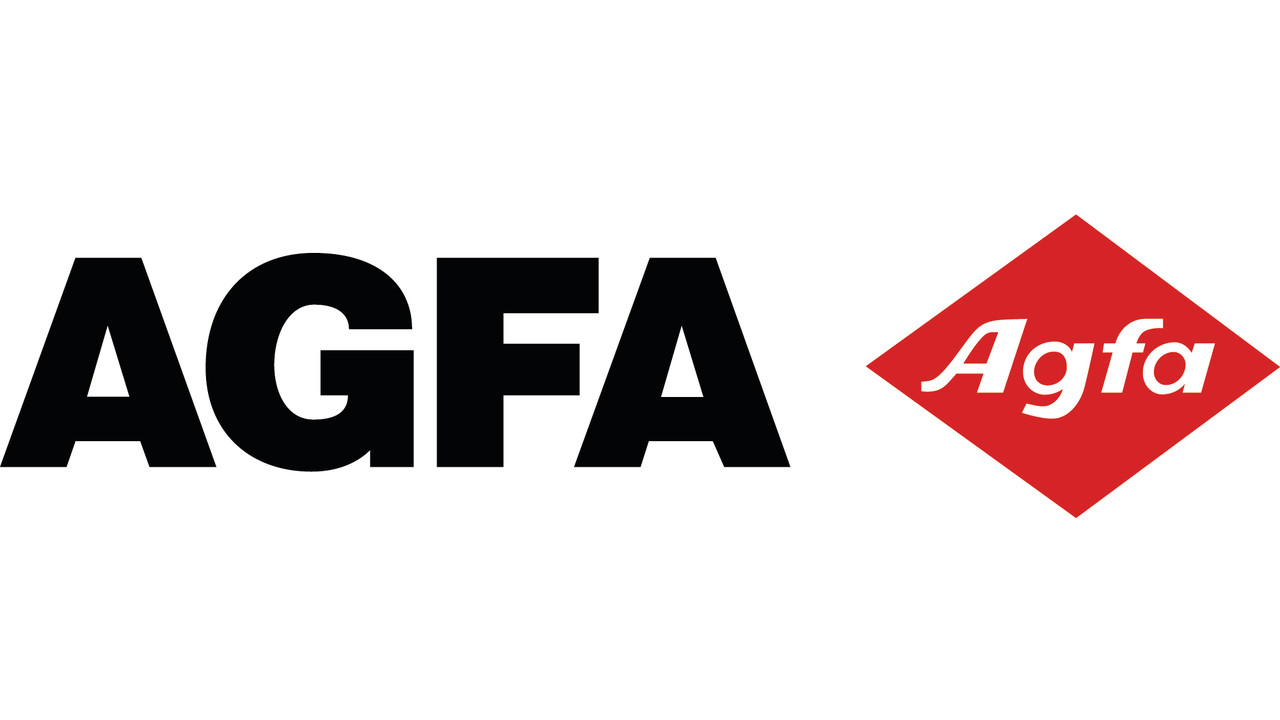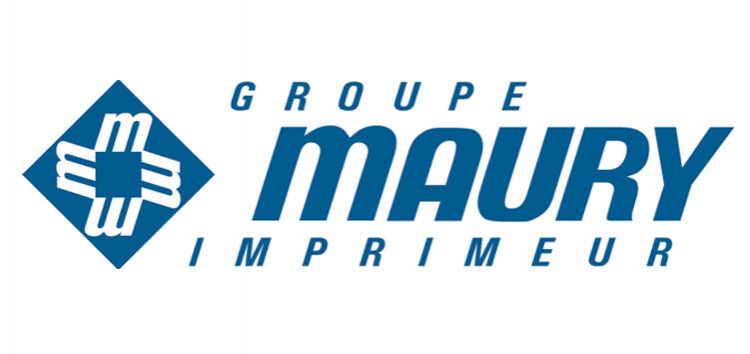Every week, two more newspapers close — and ‘news deserts’ grow larger
In poorer, less-wired parts of the U.S., it’s harder to find credible news about your local community. That has dire implications for democraty.
A newspaper box holds the Vindicator newspaper in Youngstown, Ohio, in 2019, shortly before it was shuttered in its original form. (Jeff Swensen for The Washington Post)
Penelope Muse Abernathy may be the nation’s foremost expert on what media researchers call “news deserts”— and she’s worried.
News deserts are communities lacking a news source that provides meaningful and trustworthy local reporting on issues such as health, government and the environment. It’s a vacuum that leaves residents ignorant of what’s going on in their world, incapable of fully participating as informed citizens. What’s their local government up to? Who deserves their vote? How are their tax dollars being spent? All are questions that go unanswered in a news desert.
Local newspapers are hardly the only news sources that can do the job, but they are the ones that have traditionally filled that role. And they are disappearing.
One-third of American newspapers that existed roughly two decades ago will be out of business by 2025, according to research made public Wednesday from Northwestern University’s Medill School, where Abernathy is a visiting professor.
Already, some 2,500 dailies and weeklies have shuttered since 2005; there are fewer than 6,500 left. Every week, two more disappear. And although many digital-only news sites have cropped up around the nation, most communities that lost a local newspaper will not get a print or digital replacement.
“What’s discouraging is that this trend plays into, and worsens, the whole divide we see in America,” Abernathy, the report’s principal author, told me this week.
The neediest areas — those that are more remote, poorer and less wired — are the ones that get hurt the worst. Most of the new investment and innovation pouring into the media sector, as valuable and needed as it is, doesn’t reach these regions.
As the report bluntly states: “Invariably, the economically struggling, traditionally underserved communities that need local journalism the most are the very places where it is most difficult to sustain either print or digital news organizations.”
And in the wake of this loss, news deserts keep expanding. Seventy million Americans now live in areas without enough local news to sustain grass-roots democracy, the research shows.
Even in those regions that still have newspapers or other news organizations, local newsrooms have become far less robust. Huge numbers of journalists have been laid off, never to return.
That hurts the profession and individual journalists, of course, but it’s far from the main problem. As local news disappears, bad things happen: Voter participation declines. Corruption, in business and government, finds more fertile ground. And false information spreads wildly.
“People often turn to Facebook groups where rumors run rampant,” said Tim Franklin, senior associate dean and the director of the Medill Local News Initiative, which seeks to bolster new business models and to give news organizations, the start-ups as well as the long-established publications, the tools they desperately need in a new media environment.
“The need to innovate,” he said, “is urgent.”
For example, Franklin praises the fresh approach at WBEZ, Chicago’s public radio station, which acquired the Chicago Sun-Times newspaper early this year, creating one of the largest nonprofit news organizations in the nation. And he noted that some for-profit news organizations are figuring out how to survive and thrive, including some old-school newspapers that have embraced the digital era and launched successful websites and used tools such as emailed newsletters to reach their audiences.
He finds it encouraging that Americans have become attuned, in recent years, to the local-news crisis, and praises the philanthropy and innovation that have, for example, helped the Baltimore Banner to launch a new digital site in recent weeks. That came about after Maryland hotel magnate Stewart Bainum tried to buy the Baltimore Sun to keep it out of the clutches of Alden Global Capital, a hedge fund with a reputation for laying off journalists and shedding assets at the newspapers they buy; when his initial effort failed, he turned his attention and funding to founding this digital model.
But what of the vast swaths of America, outside urban areas, that don’t attract that kind of investment or fresh thinking? More than 200 American counties now have no local newspaper, and, in most cases, nothing has come along to replace those that once served their communities, the report said.
That’s what worries Abernathy most.
“We already live in a polarized country, and part of that polarization stems from our digital divide and our local-news divide,” she told me. “We have to think about how we reach people who aren’t digitally connected, and how we can support efforts that get beyond the city.”
The Institute for Rural Journalism and Community Issues at the University of Kentucky is doing good work on this; much more is needed.
Awareness is crucial, which is why this research is so important. It’s the fifth time since 2016 that Abernathy’s “State of Local News” report has been updated. A lot of good — including many millions in philanthropy — has come from the increased knowledge that local news is in crisis.
Now it’s time to bear down on the neglected places that are hurting the most.
Lire : The Washington Post du 29 juin


































